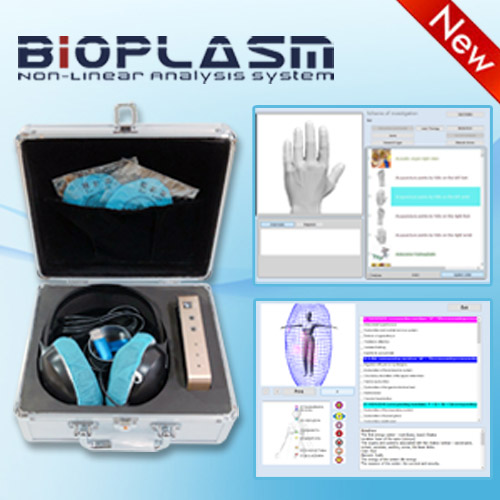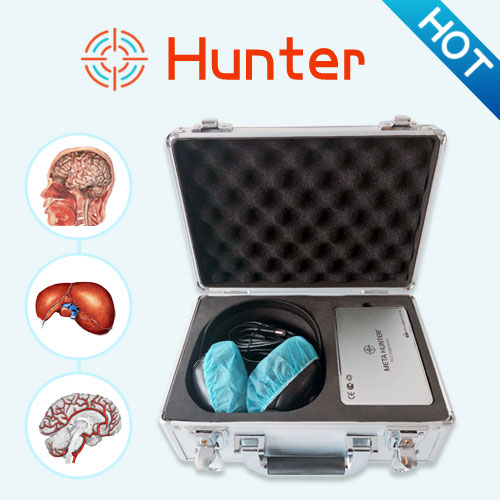NLS-scanners With Metatron 4025 Hunter And The Diagnostics Of Muscular Trauma
Three types of lower extremities muscles injury can be singled out according to a mechanism of damage.
1. Damages related to overexertion. Intensive starting stress, especially at insufficient warm-up and at overcooling, may result in a rupture. Also at overexertion hyperextension of muscles may develop, which in its turn, may lead to pain or damage of fascial compartment, which is most typical for adductor muscles of a hip and posterior muscles of a hip.
2. Actual traumas due to the external damaging factor – a direct or indirect (falling) blow.
3. Traumas developing due to continuous overload, «chronic microtraumatism». As a rule, a microtrauma and rupture of muscles occur in a spot of muscles to tendons transition, because of different mechanical durability of muscles and tendons in a spot of transition, where tissue loses uniformity.
According to J. Comtet and W. Muller complete ruptures happen in the muscles having isolated function. In quadriceps muscle of thigh it is m. rectus femoris, not having any synergists. This trauma happens more often in hockey players after hockey-stick blow. Rectus muscle of thigh is damaged most frequently in a spot of muscle to tendon transition. Partial ruptures are more often located in biceps muscle of thigh and adductor muscles thigh of a thigh. Integrity of adductors is violated not only in a spot of muscle to tendon transition, but also in an attachment to pubic bone spot. In the medical literature such trauma is called «ARS-complex» (adductor rectus syndrome complex). As the term suggests, along with damage of adductor muscles, a abdominal rectus muscle is injured in a spot of its attachment to symphysis.
Conditionally traumas of muscles can be divided into microbursting (affection zone of 3-5 mm) and ruptures sized more than 5 mm. Traumas can be longitudinal – along muscular fibers, and transversal. Longitudinal traumas are more frequent, easily diagnosed and treated. NLS-graphically hematomas and synoviomas are visualized in a trauma spot. At transversal bruises and ruptures NLS-picture is polymorphic due to atypical traction and muscular ischemia, and that complicates diagnostics essentially.
Application of NLS-scanners with metatron 4025 hunter allows to visualize damages of muscles at sports trauma with high accuracy. The following signs are typical.
1. NLS-ultramicroscanning shows abnormal structural properties (striation) in a trauma zone, moderately hyperchromogenic linear structures (5-6 points on Fleindler’s scale), corresponding to myofibrils fascicles sheaths, are visualized.
2. Presence of hyperchromogenic and isochromogenic areas of the various sizes with indistinct contours – hematomas. NLS-angiography has an important role in their diagnostics. NLS-ultramicroangiography reveals affection of vascular walls in these structures. This sign allows to differentiate hematomas from tissular processes.
3. Pathological traction of injured areas is characterized by higher chromogeneity (5-6 points on Fleindler’s scale) in comparison with the intact muscular tissues.
It is necessary to examine both strained and relaxed condition of muscles during comprehensive diagnostics. It is recommended to measure the revealed pathological zones for the subsequent dynamic control.
Thus, the majority of traumas (94.5%) was represented by bruises of muscles sized less than 20 mm, diagnostics of which by other methods is difficult. At the same time wrong medical tactics and incorrect choice of a training mode at such traumas can lead to development of further damages of a muscle, resulting in restriction of sports activities. This fact specifies the importance of NLS-research in diagnostics of a muscular trauma in sportsmen.
This article is provide from [Metatron 4025 hunter],please indicate the source address reprinted:http://www.healthycarer.com/news/nls-knowledge/1539.html






